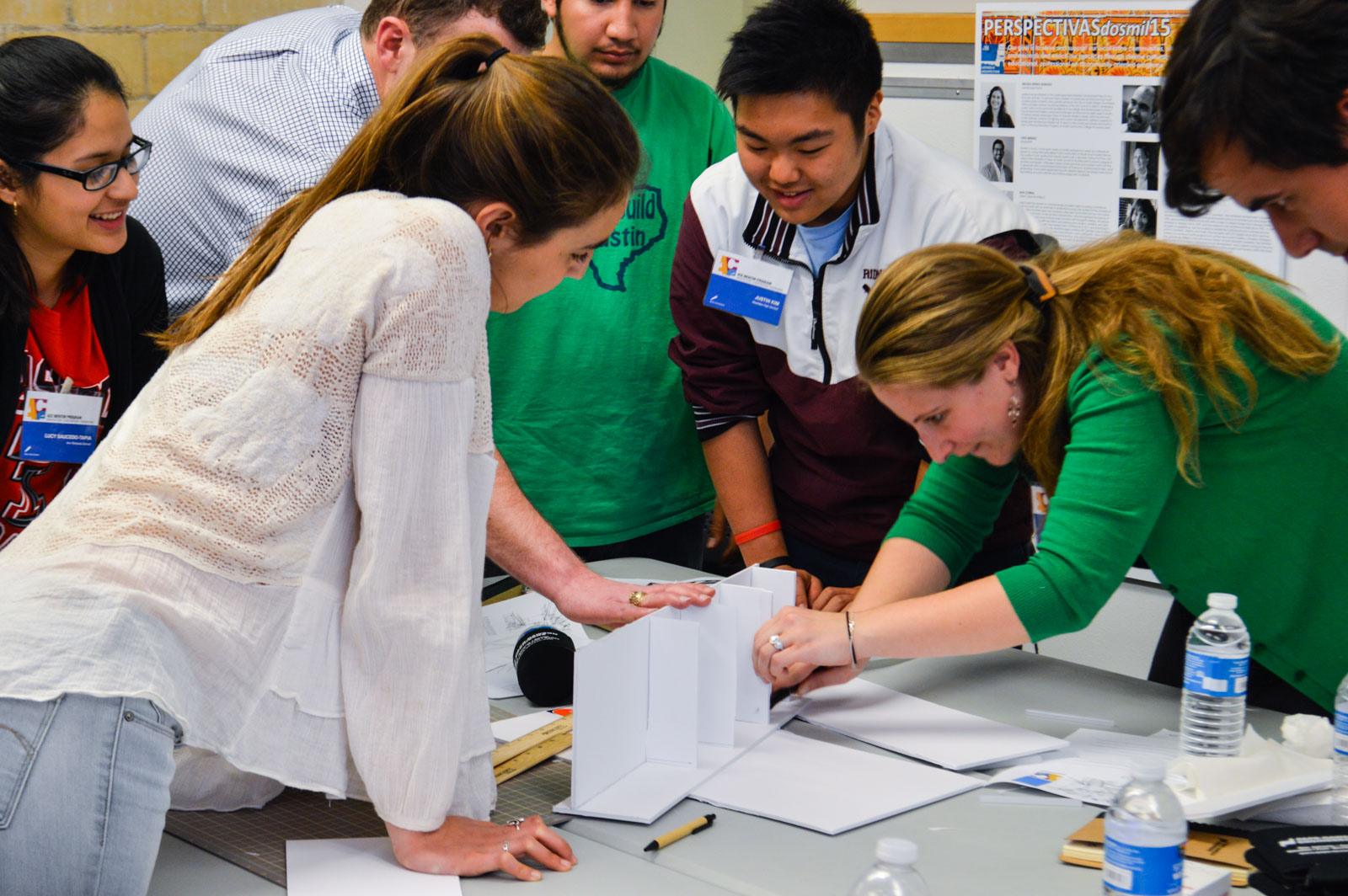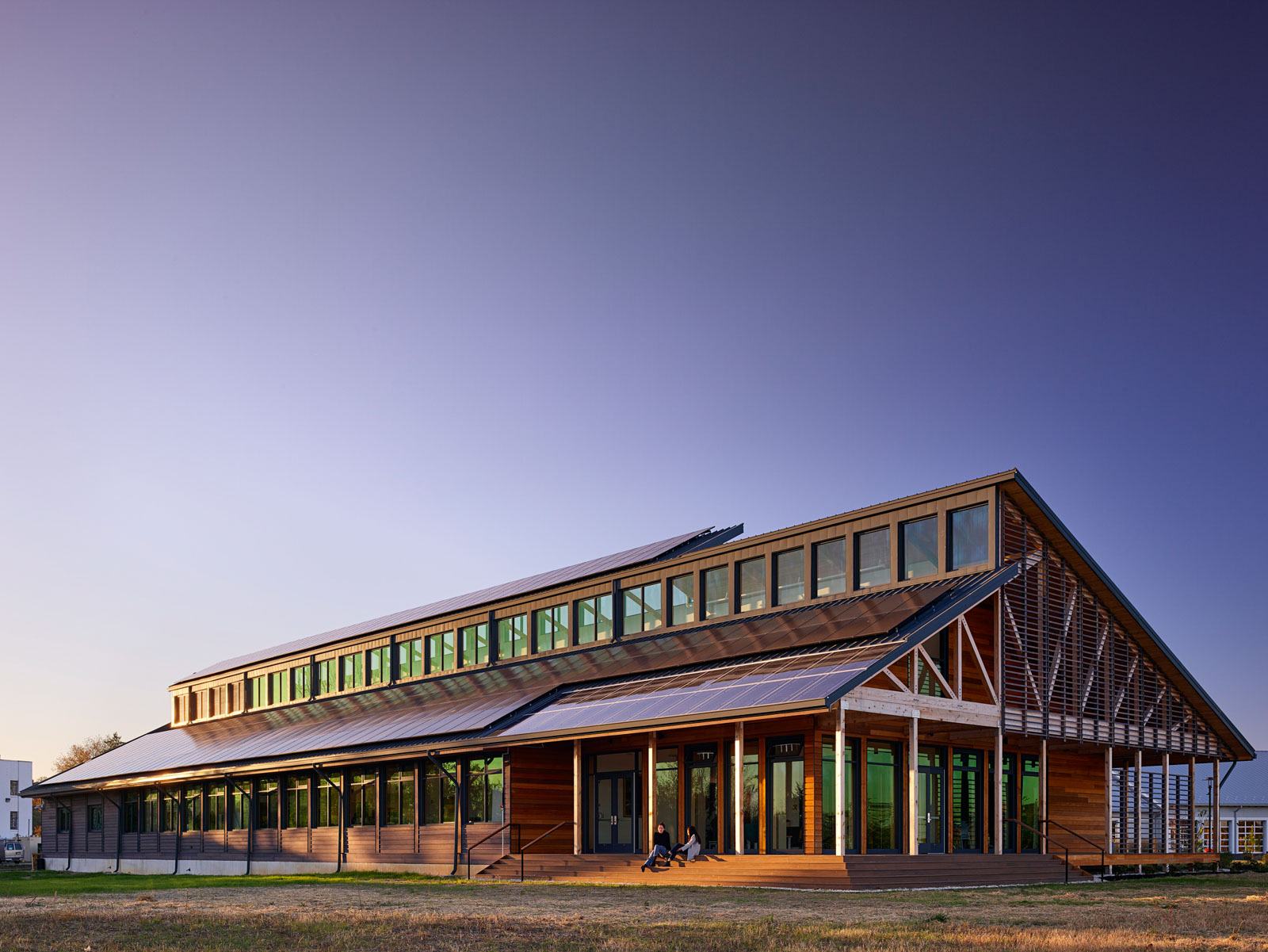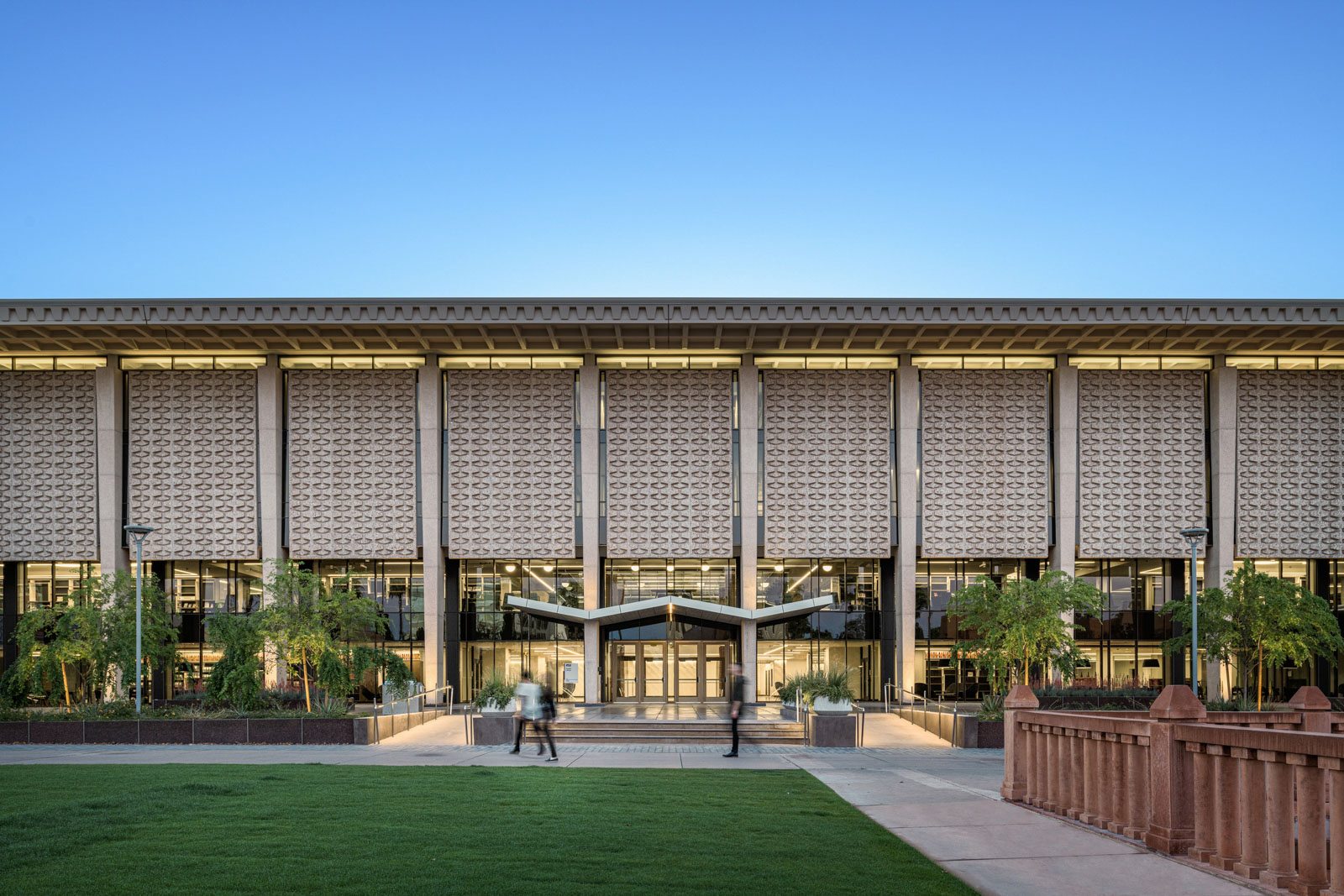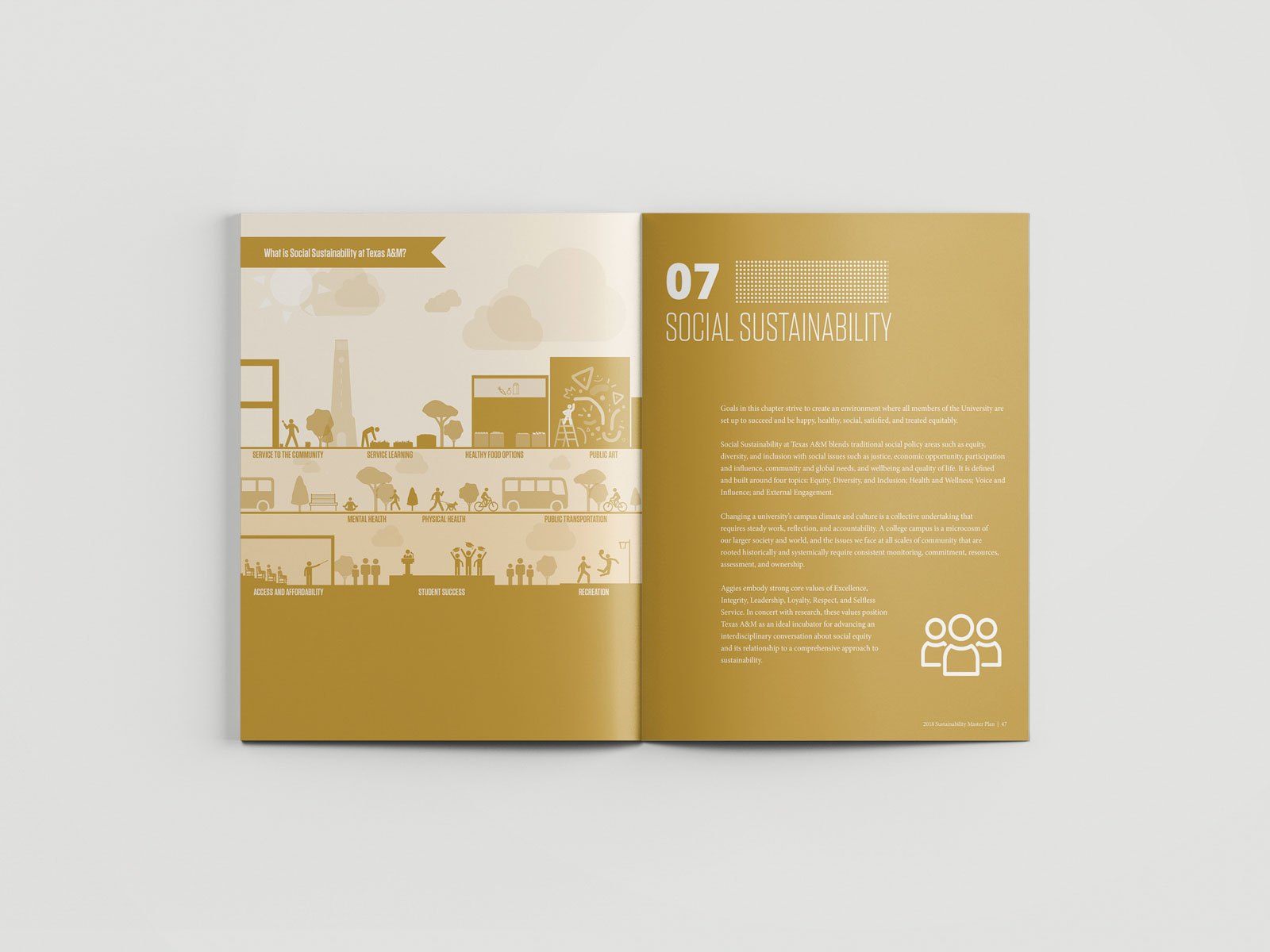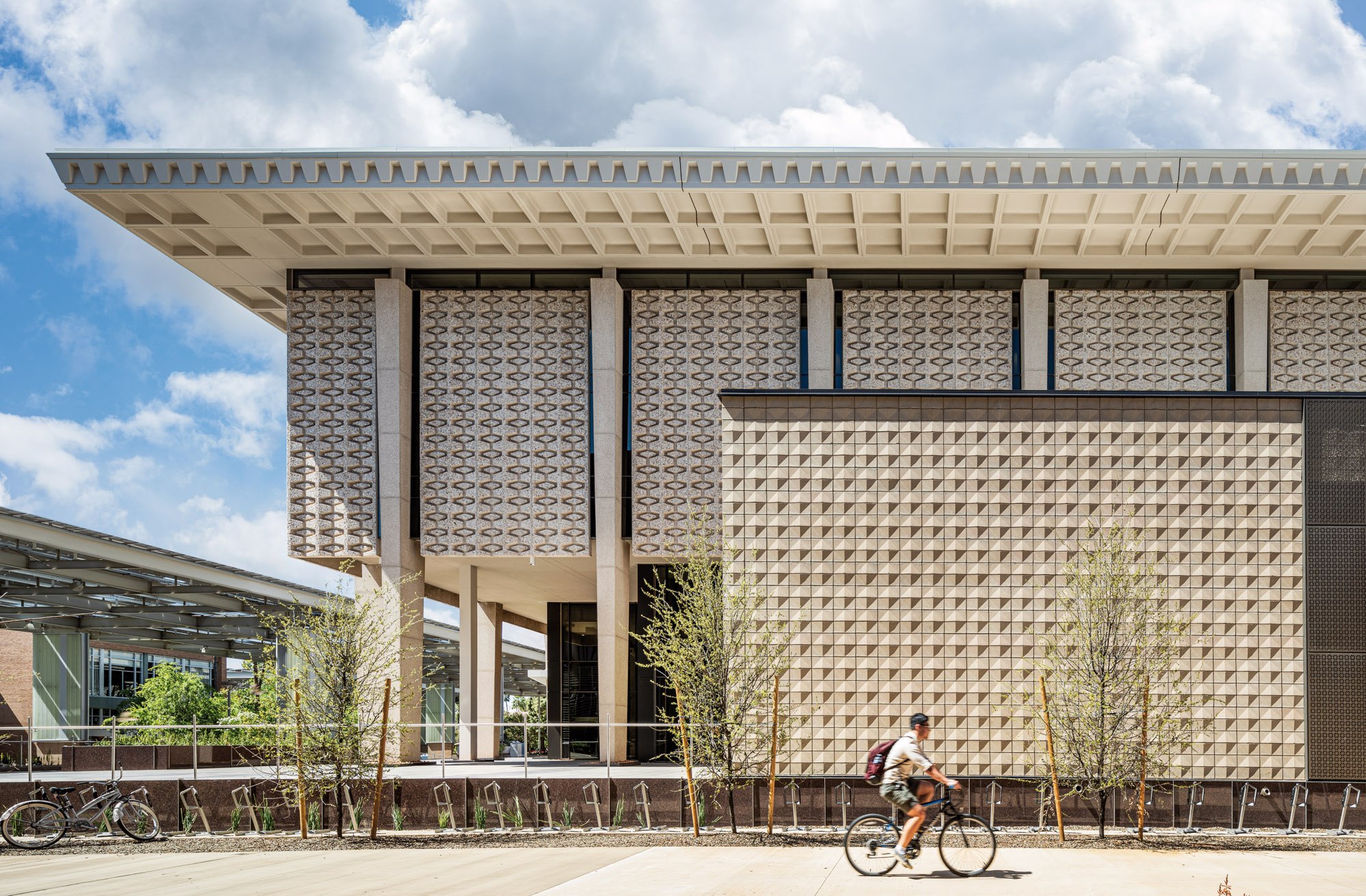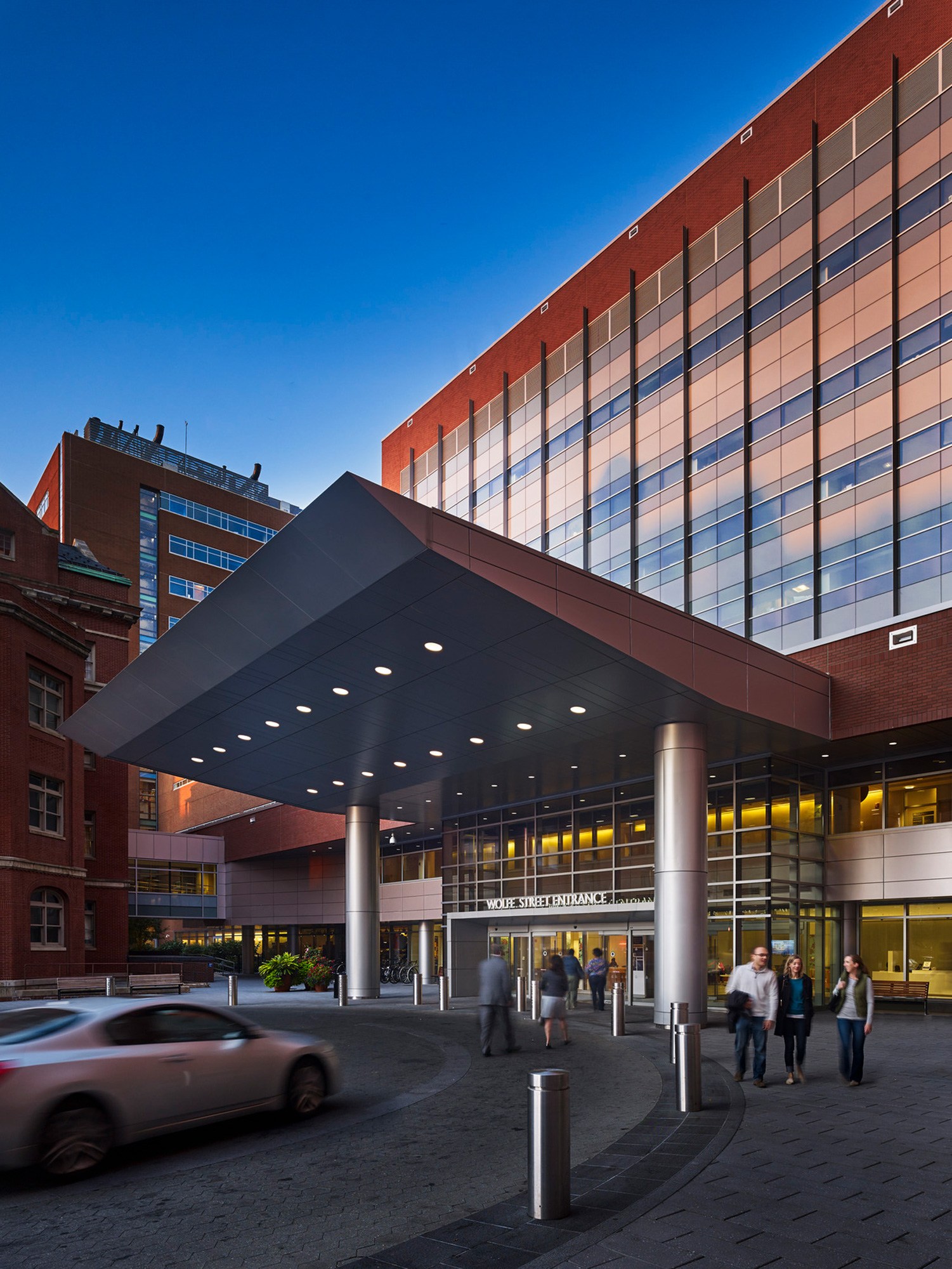As an architect and the firm’s sustainability director, Allison Wilson serves as a trusted advisor helping clients to make equitable, enduring investments in their built environments. She has assembled a dedicated team and guided numerous projects in integrating and elevating their performance, including Ayers Saint Gross’ first Living Building Challenge and WELL Building projects. This year, she was one of 23 architects nationwide to earn an American Institute of Architects Young Architects Award, which recognizes individuals who have demonstrated exceptional leadership and made significant contributions to the architecture profession early in their careers.
In the interview below, Allison reflects on her own career, the projects that have made a difference, and what this recognition means to her.
What drew you to work in sustainability?
Every other year, the US Department of Energy hosts a Solar Decathlon build challenge for college students in which interdisciplinary teams compete to design and build net-zero energy homes. The University of Maryland participated in 2011 and I got involved as a graduate student. I took a studio course geared toward the Decathlon, and I never looked back. Of all the things I loved about my Solar Decathlon experience, two stand out: the collaborative relationships I made with my teammates and the storytelling aspect of the project.
Prior to the Decathlon, I was learning to become an architect, primarily from other architects, alongside other aspiring architects. After we started the Decathlon, my team of teachers grew rapidly to include my teammates and their faculty members in other disciplines – engineering, landscape architecture, construction. I am a better architect today because of the interdisciplinary, experiential opportunity of the Solar Decathlon.
During the showcase event on the National Mall, we had a long line of people waiting to tour our house, WaterShed. Our team engaged people in line by explaining our project and answering questions and I remember talking about sustainability, why it matters, and trying to get our house’s story across to the crowd. I really liked being able to connect with others and tell the project’s story.
At the end of the day, we can talk about technical details and the context of projects all we want, but the true context for our work is people and they are what matters. Sustainability is a very human problem in that the planet will be fine with or without us. I think that’s why I get so excited to talk with people and engage with them about the decisions they’re making that could lead to lasting change for our shared environment.
Which projects that you have been a part of have had the biggest impact on you?
The Maryland School for the Blind was the first major project I remember working on. I was doing exterior building details and I had sheets of drawings covering every vertical surface of the room where we were working. I had a half-day pinup review where I brought all my questions to Ayers Saint Gross architects Joel Fidler and Lex Schwartz and we walked through them all as well as all the questions I didn’t know at that time to ask. If I think about why I’m a successful architect and why I am competent at what I do, it’s because I was given lots of runway to explore and figure out how to make those details work, but also because Joel and Lex and many others put in great blocks of time to sit down and review that work with me and answer my questions. Every new architect needs that coaching to help unpack and understand why and how designs work.
Another big project for me was the Texas A&M Sustainability Plan. Influencing the strategies an entire institution will undertake to advance environmental, economic, and social sustainability is such a huge opportunity to do good. It’s been amazing to leverage that work into additional efforts for Texas A&M as well as work at Montclair State University, the University of California, Los Angeles, and beyond. I love engaging each unique campus community to understand the complexity of their situation relative to carbon neutrality, fiscal responsibility, and social equity and co-creating an actionable strategy for progress.
